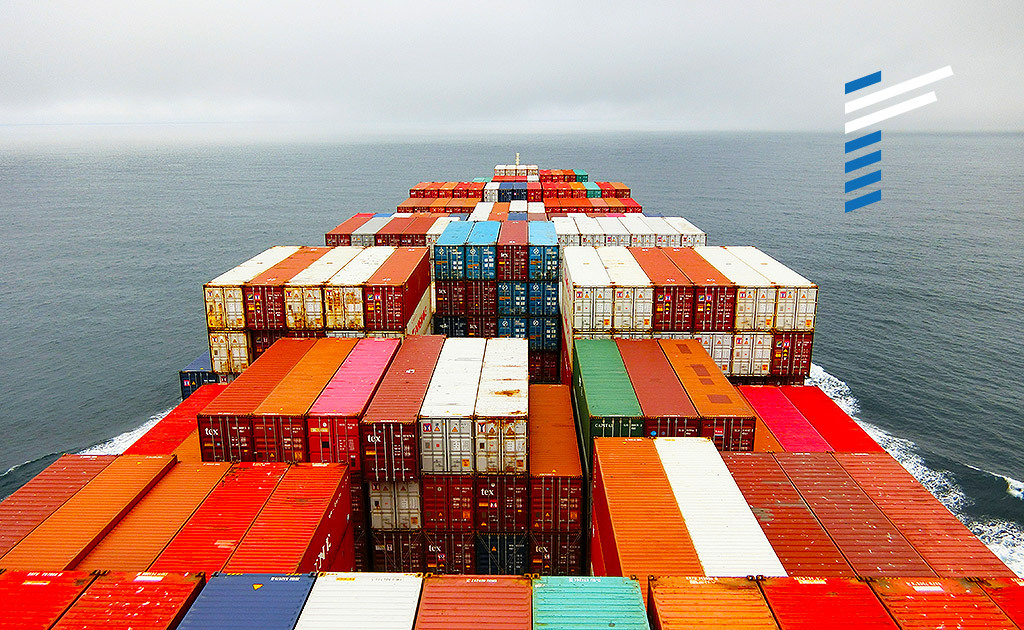At a Glance
- Using outdated sourcing strategies such as in-person visits to wholesale factories, and extensive back-and-forth discussions with suppliers, can lead to a sluggish supply chain
- To navigate the constant disruption in sourcing, business leaders need to embrace new trends and technologies
- Companies should consider adopting an end-to-end, connected platform for supply chain visibility
Traditional sourcing methods characterised by minimal use of innovative technology and heavy reliance on manual operating procedures, are no longer sufficient to adapt to disruptions triggered by global events.
Events of global significance, including political instability, labour and material shortages, extreme weather patterns, and inflation, are some of the many challenges that require a comprehensive reassessment of traditional sourcing approaches.
Why traditional sourcing falls short
Traditionally, companies have focused on sourcing goods that rely heavily on manual operational processes. Evidently, this approach has persisted, as evidenced by a Supply Chain Visibility survey, in which an overwhelming 99% of pharmaceutical respondents reported using manual processes to achieve supply chain visibility. This persistence of manual practices contributes to a significant blind spot within the supply chain, ultimately leading to longer response times.
In addition, the use of manual processes in procurement, such as in-person visits to wholesale factories, and extensive back-and-forth discussions with suppliers, can also contribute to data being scattered across legacy systems. These outdated practices collectively create a bloated, sluggish supply chain and limit your access to global markets.
Without an adaptive sourcing strategy, it can affect your company’s growth by impacting your ability to build agility, resilience, efficiency, and sustainability into your operational framework.
Manoeuvring through modern trends and challenges
To navigate the constant disruption in sourcing, business leaders need to embrace new trends and technologies, while abandoning outdated short-term strategies. Here are some of the key challenges and corresponding strategies that organisations should consider when strategizing in a volatile environment.
1. Planning for extreme weather and natural disasters
In February 2021, the state of Texas in the United States experienced an unprecedented freeze, resulting in the worst involuntary power outage in the country’s history. The blackout forced the closure of three major semiconductor plants and disrupted vital supply chain pathways connecting Texas and the Pacific Northwest.
Meanwhile, thousands of miles away along the Rhine River, Europe’s main commercial waterway, experienced heavy rainfall and snowmelt, that caused it to burst its banks. Several months later, in August of that year, water levels dropped dramatically, forcing cargo ships to reduce their usual load capacity by half to avoid grounding.
These are just a few of the weather-related crises that have recently disrupted established supply chains, with no end in sight. Rising sea levels are predicted to be particularly devastating, given that 90% of the world’s freight is transported by sea.
Given the volatility of extreme weather patterns, companies need to take a meticulous approach that treats every stopping point within their supply chain as a potential bottleneck. You need to proactively assess the potential risks of extreme weather to identify critical supply chain nodes and identify necessary changes to safeguard your goods. The use of predictive and prescriptive data analytics models will help you make informed decisions about risks and potential alternative routes.
2. Keep up to date with global trade policies
Global trade policies have the potential to influence supply and demand dynamics, causing ripple effects of disruption throughout supply chains. Policies such as tariffs, quotas, subsidies, and other trade-related regulations can reshape cross-border transaction patterns.
Similar to preparing for extreme weather events, it is essential to proactively strategise for the potential impact of global trade policies on every stage of your supply chain network. A proactive approach involves staying informed about the changing global trade landscape and developing mechanisms to monitor and assess its impact on your supply chain dynamics.
In addition, the need for adaptability requires a flexible sourcing strategy that can accommodate changes in tariffs and duties. This approach includes plans for alternative sourcing routes, diverse production sources, and versatile market outlets – that can mitigate the negative impact of trade volatility on your operational framework.
Ready for a change in your organisation?
3. Know your footprint: Sustainability and ethical sourcing
The supply chain, which is often vast and complex, usually involves a number of actors. For example, a palm oil supply chain from plantation to retailer, involves smallholder or large-scale farmers, and cooperatives that will supply to the mills, kernel dealers, kernel crushers, origin refineries, and traders, before reaching destination refineries. The journey continues to ingredient manufacturers or final manufacturers, distributors, and finally to retailers.
With a long list of actors in the supply chain, it is not surprising that companies are struggling to meet the growing expectations of governments, investors, employees, and customers for more sustainable business practices. The complexity involved often makes complete supply chain visibility a challenge.
To address this, companies should consider adopting an end-to-end, connected platform for supply chain visibility. As a starting point, incorporating sustainability and social responsibility criteria into suppliers’ selection can help companies gain insight into their product footprint. Consider negotiating sustainability and social clauses in supplier contracts to safeguard a company’s rights and commitments.
4. Managing rising costs and inflation
Inflation is driving up costs for almost every link in the supply chain, forcing companies to increase the price of their goods or services, despite knowing that they risk losing market share. Uncertain market conditions are likely to remain, making efficient sourcing strategies a business necessity. To remain agile and resilient, you will need to adopt a combination of short- and long-term approaches with a broad set of actions, including:
- Leveraging currency hedging strategies
- Regularly reviewing and renegotiating contract terms
- Negotiating long-term contracts for favourable terms
- Diversifying suppliers by exploring local sourcing
Rethinking supply chain strategy?
Achieving operational excellence cannot be achieved overnight; and it is an ongoing process. It requires a pragmatic approach; strengthening your systems and processes, equipping your company with the right strategies and insights.
If one of your immediate challenges in achieving operational excellence is adaptive sourcing strategies that work in this turbulent business landscape, our experts can analyse your current practices, identify opportunities for improvement, and work with you to build a practical programme to implement these sustainable solutions.
My company is looking for experts with experience in delivering projects through to full adoption using behavioural and cultural change methodologies.











